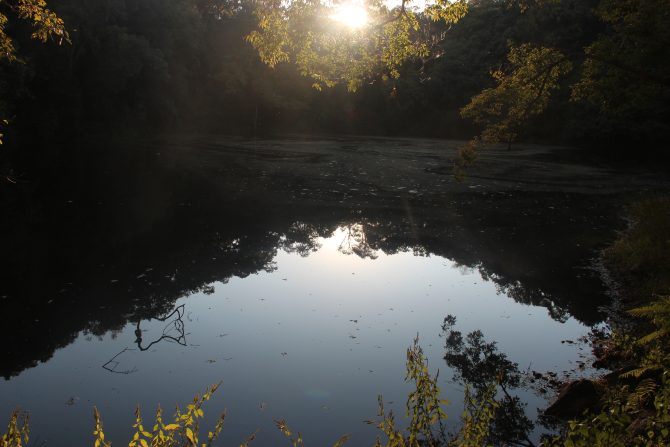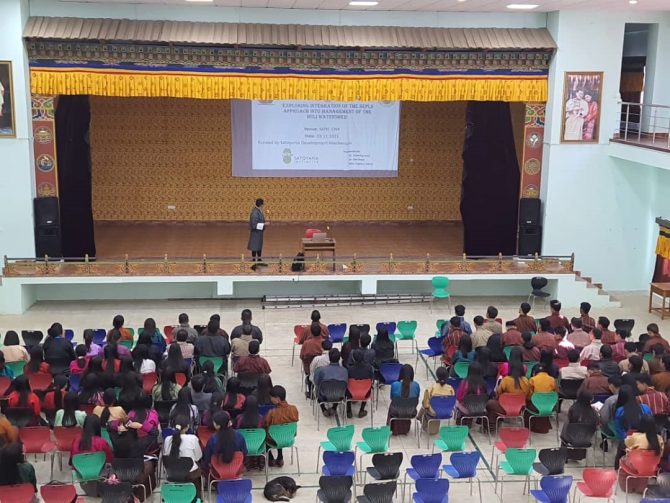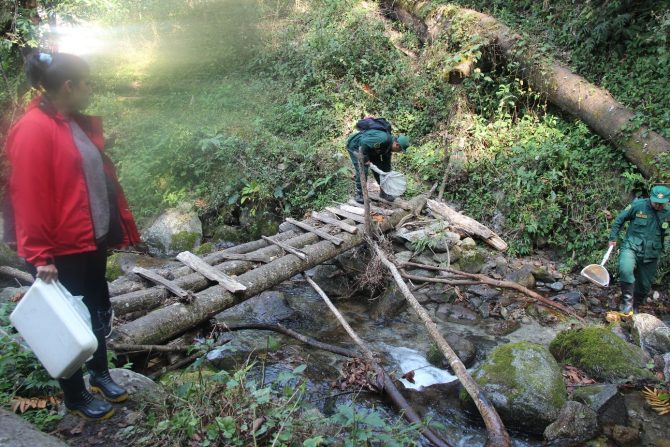SDM Project: Exploring integration of the SEPLS approach into management of the Buli watershed
12.03.2024
SUBMITTED ORGANISATION
Royal University of Bhutan, College of Natural Resources
PARTNER ORGANISATIONS
Royal Society for the Protection of Nature (IPSI member)
Watershed Management Division
DATE OF SUBMISSION
19/12/2022
REGION
Asia
COUNTRY
Bhutan
KEYWORDS
SEPLS, Buli tsho, tshodam, Bhutan
Link
Abstract
Buli watershed lies in Zhemgang district of Bhutan. It is inhabited by native Khengpa people and practice subsistence farming. The village has a heritage forest around Buli Tsho (lake). They respect it as abode of deities and pray for bountiful harvest and wellbeing. Also, the watershed is rich in flora and fauna with many charismatic and endangered mammal species like the Royal Bengal tiger and Golden Langur. Recognising these, the Royal Society for the Protection of Nature (NGO) and Watershed Management Division (nodal agency for watershed management) have initiated watershed management plan (July 2018-June 2023). Through the three different workshops along with collection of macroinvertebrates from different waterbodies within the watershed the relevant governmental, non-governmental, academic institutions, students and community members were made aware about Satoyama Initiative, importance of SEPLS and the use of macroinvertebrate as freshwater biodiversity and water quality indicator within the project area. Therefore, the project proponents expect more SI related projects and research to take place in Bhutan given the good exposure provided to different stakeholders through the workshops. These activities would ultimately help mainstream Satoyama practice in watershed management in Bhutan.




